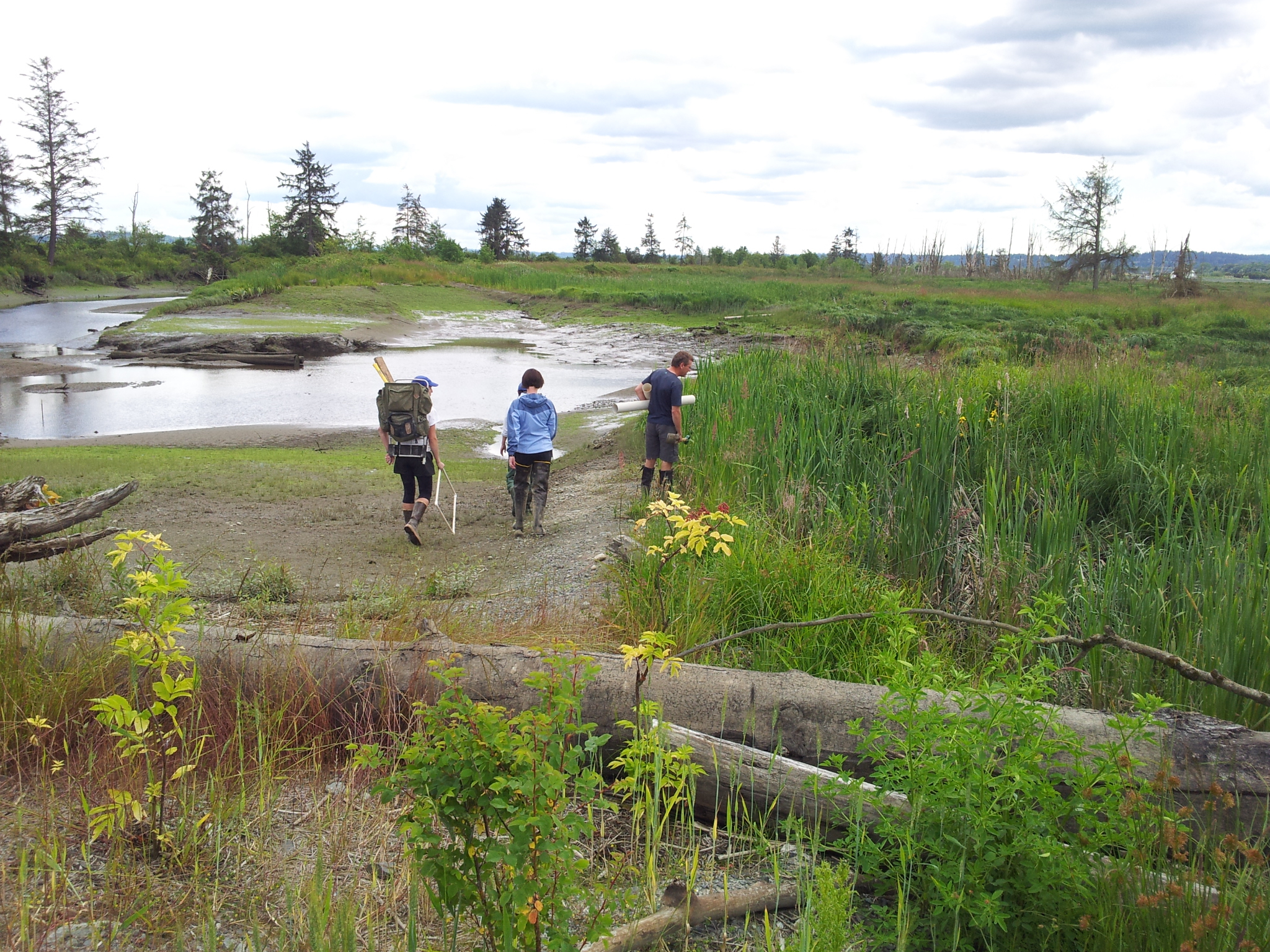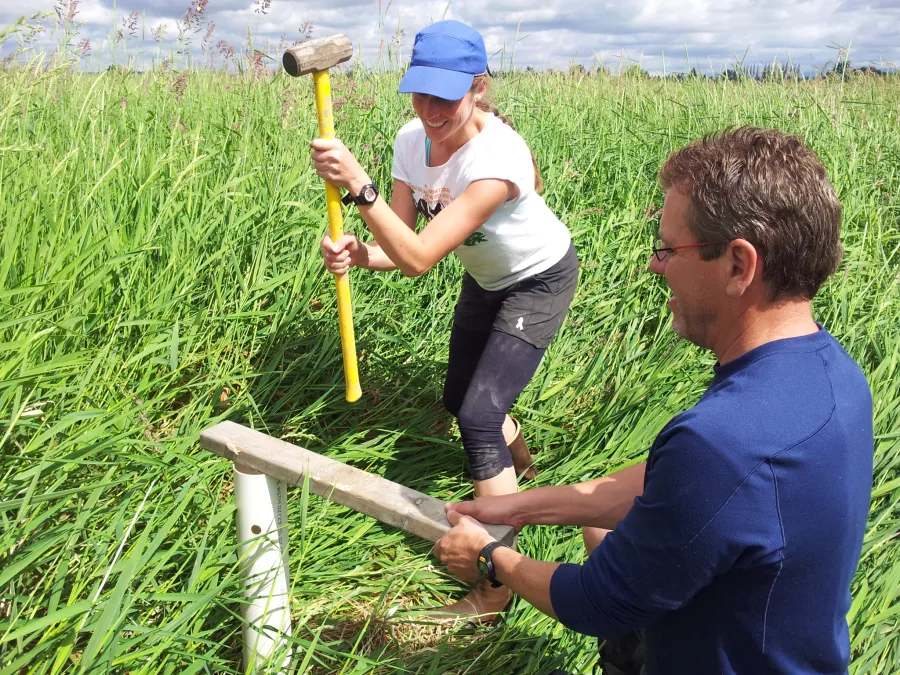It’s easy to dislike marsh mud.
It’s generally smelly and sticky, and it tries its best to pull our shoes off our feet whenever we walk in it. But according to Professor of Environmental Science John Rybczyk, these sediments found in river deltas and estuaries could be a key component in fighting climate change.
How?
These fine (as in, tiny) sediments create what is known as a carbon sink – when carbon is stored in marsh sediments, it is locked away from re-entering the atmosphere as a greenhouse gas.
“Coastal wetlands play a huge role in storing carbon,” says Rybczyk. “And as we have developed our coast –by filling in and draining wetlands and river deltas for use in agriculture, for example – we have removed that ability to store carbon.”
So it’s a good news/bad news situation on “blue carbon,” as we call the carbon stored by ocean and saltwater ecosystems. As natural ecosystems, estuaries and deltas are extraordinarily proficient carbon sinks, but as the coasts become more developed, they are often the first areas to be filled in or repurposed.
“The research we are doing shows that we can gain that carbon storage back again by restoring those same wetlands,” Rybczyk says, pointing to a number of regional projects he has worked on along the Snohomish and Stillaguamish rivers.
“The Snohomish empties into Puget Sound at Everett in a way most of us can easily visualize because we drive by it all the time on the interstate; it’s a highly modified, urbanized estuary with high levels of agriculture use, water treatment facilities, industry, and more. So it’s a huge challenge,” he says.
Rybczyk literally dug deep into the Snohomish estuary, tracking carbon counts in natural, unaltered wetlands, drained former wetlands, and restored wetland areas.
“The wild, unaltered sites trap carbon very efficiently,” Rybczyk says. “But the drained, unrestored areas only trap a fraction of what they could trap, and of what they held when they were functioning wetlands.
“The great news is that the restored wetlands seem to do a fantastic job, very quickly, of trapping carbon once again,” he says, “which points to the win/win situation of a healthier ecosystem and more species, paired with the environment’s increased ability to naturally sequester the very compounds which are causing so much environmental degradation worldwide.”
So as communities seek relatively inexpensive ways of balancing their carbon budgets, restoring their wetlands could be an easy choice.
“It’s amazing how quickly these areas can heal themselves if we give them a little help,” says Rybczyk.

